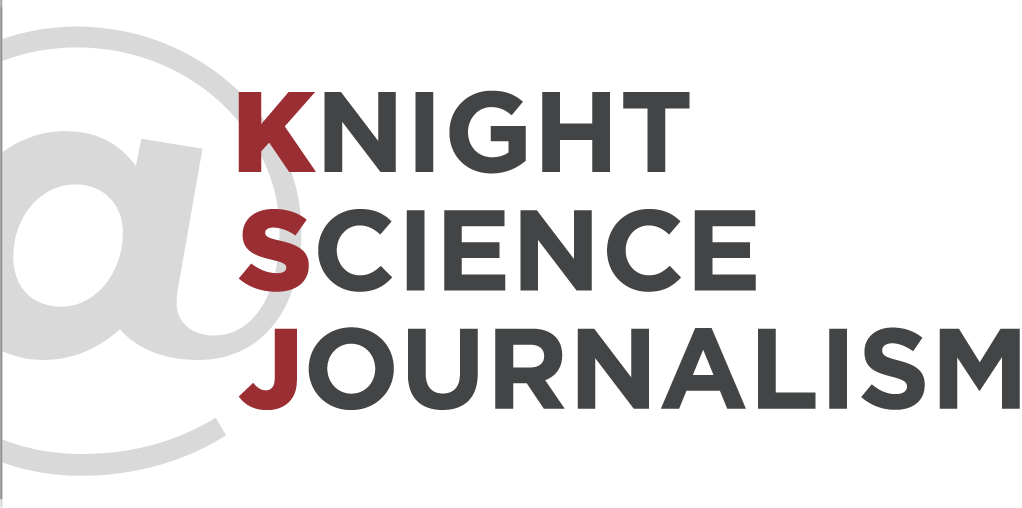
Philip J. Hilts, the director of the Knight Science Journalism Program at MIT and a former science reporter for The New York Times and The Washington Post, has announced that he will retire at the end of June.
Hilts, who took over the program in 2008, expanded its international reach and added training in video and audio storytelling. And under his leadership, the number of applicants for the year-long Knight Science Journalism fellowships for science reporters grew from about 80 per year to about 150 per year.
"The Knight Program has been a tremendous asset to MIT, and a powerful resource for our understanding of the relationship between science and technology and the public," said Deborah Fitzgerald, the Kenan Sahin Dean at the MIT School of Humanities, Arts, and Social Sciences. "I am very grateful to Phil for his leadership."
The Knight program at MIT welcomes 12 science reporters to the campus each academic year, during which time they participate in regular seminars with members of the MIT faculty and guest scientists and journalists, and are encouraged to reflect on and develop their journalism skills. Some 320 reporters have gone through the program since it was established 31 years ago by Victor McElheny. Boyce Rensberger took over from McElheny in 1998 and ran the program until 2008, when Hilts became the director.
Hilts also oversaw a large increase in readership here at the Tracker, which is part of the Knight Science Journalism Program at MIT. The number of unique monthly visitors has nearly doubled from about 23,000 when Hilts took over the program to some 45,000 per month this year.
Hilts wrote more than 300 front-page stories during his years at the Times and the Post and is the author of six books, most recently “Rx for Survival: Why We Must Rise to the Global Health Challenge,” which was a New York Times notable book of the year.
A personal note: It has been my enormous pleasure to work for Phil here at the Tracker for the last five years, including the last two years as the chief tracker. We have worked alongside one another for 30 years, covering science and medicine across the country and abroad, and I can attest to his deep understanding of science journalism, his skills as a reporter and writer, and his friendship and generosity.
We spent the summer together in 1986 as fellows at the Marine Biological Institute in Woods Hole, Mass., during which time our families became friends. I was then thinking about writing my first book, which I began two years later. I'm not sure that would have happened without Phil's encouragement. He had already written two or three books, and we talked about the perils and pleasures of book writing all summer.
I look forward to Phil's next book on new approaches to solar energy. And when he assumes his new appointment as a research associate at MIT, I hope I will be fortunate enough to continue to benefit from his wise counsel, and his friendship.
Best of luck, Phil.
-Paul Raeburn


Leave a Reply